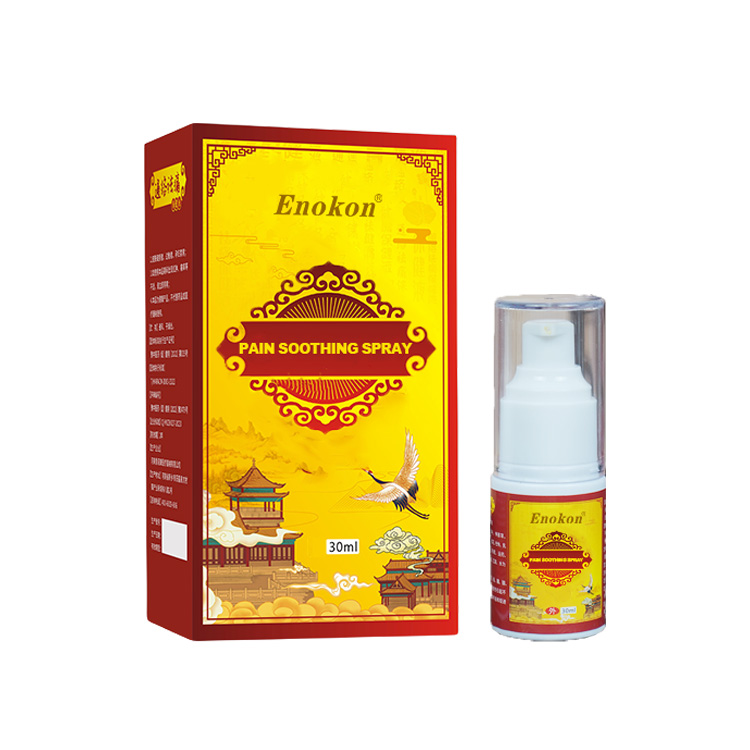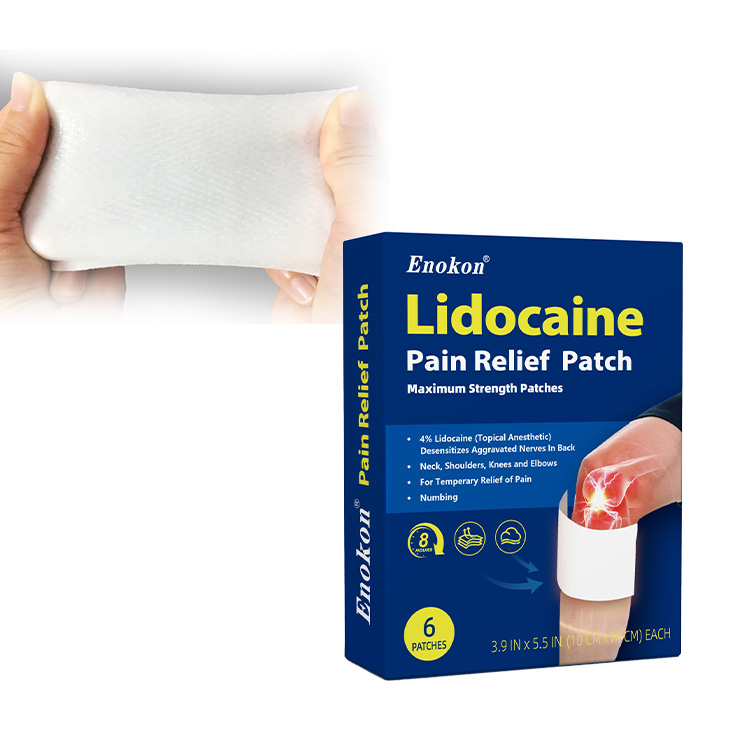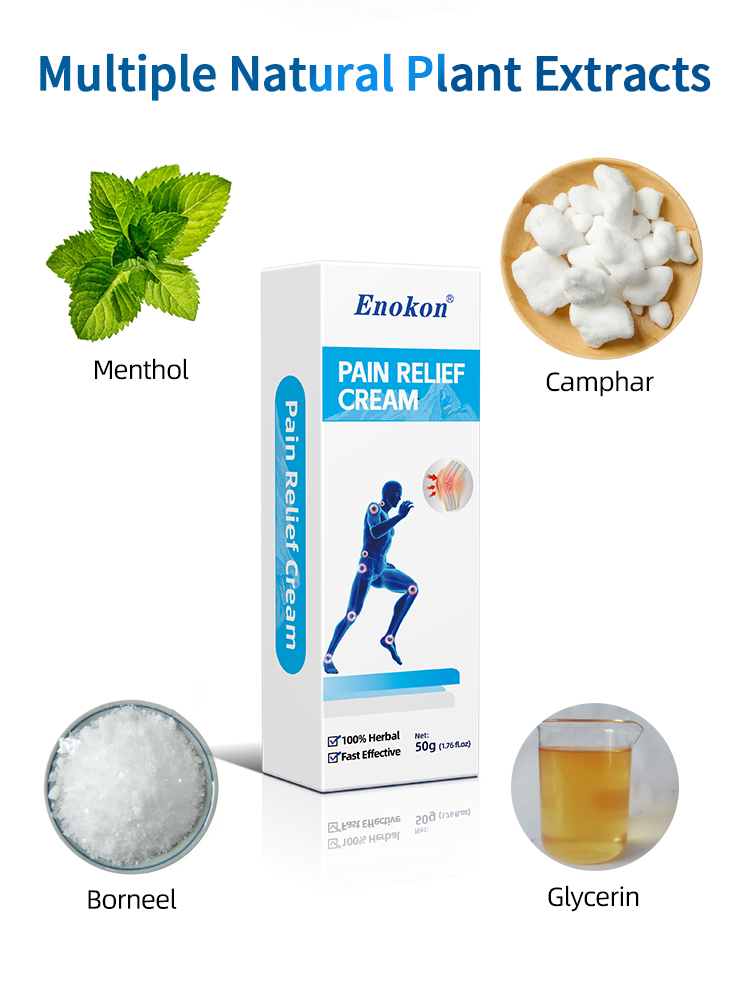
Oral Painkillers (NSAIDs)
Examples: Ibuprofen, Naproxen, Acetaminophen
Pros: Fast-acting, widely available
Cons: Risk of stomach ulcers, liver damage, and dependency with long-term use
Topical Creams & Gels
Examples: Bengay, Voltaren Gel, Capsaicin Cream
Pros: Localized relief, minimal systemic side effects
Cons: Short-lived effects, may cause skin irritation
Heat & Cold Therapy Patches
Examples: Thermacare, Icy Hot Patches
Pros: Non-invasive, easy to use
Cons: Temporary relief, not suitable for all types of pain
CBD & Arnica Products
Examples: CBD Balms, Arnica Creams
Pros: Natural anti-inflammatory properties
Cons: Expensive, inconsistent effectiveness
Chinese Herbal Plasters (Medicated Patches)
Examples: Tiger Balm Plaster, Zheng Gu Shui Plaster, Huo Luo Xiao Ling Dan

Pros:
Made from natural herbs like menthol, camphor, and frankincense
Penetrates deep into muscles and joints for long-lasting relief
No harmful chemicals or side effects
Improves blood circulation and reduces inflammation
Cons: Strong herbal smell may be unpleasant for some
Unlike synthetic painkillers that mask symptoms, Chinese herbal plasters treat the root cause of pain by promoting blood flow and reducing inflammation. They are drug-free, making them safer for long-term use compared to NSAIDs. Additionally, they provide sustained relief without the risk of addiction or organ damage.
For those seeking a natural, effective, and holistic solution for joint pain, Chinese herbal plasters offer a time-tested remedy with proven benefits. Their growing popularity worldwide is a testament to their efficacy in pain management.

In conclusion, while various pain-relief products exist, Chinese herbal plasters combine safety, effectiveness, and natural healing—making them an excellent choice for chronic joint pain sufferers.